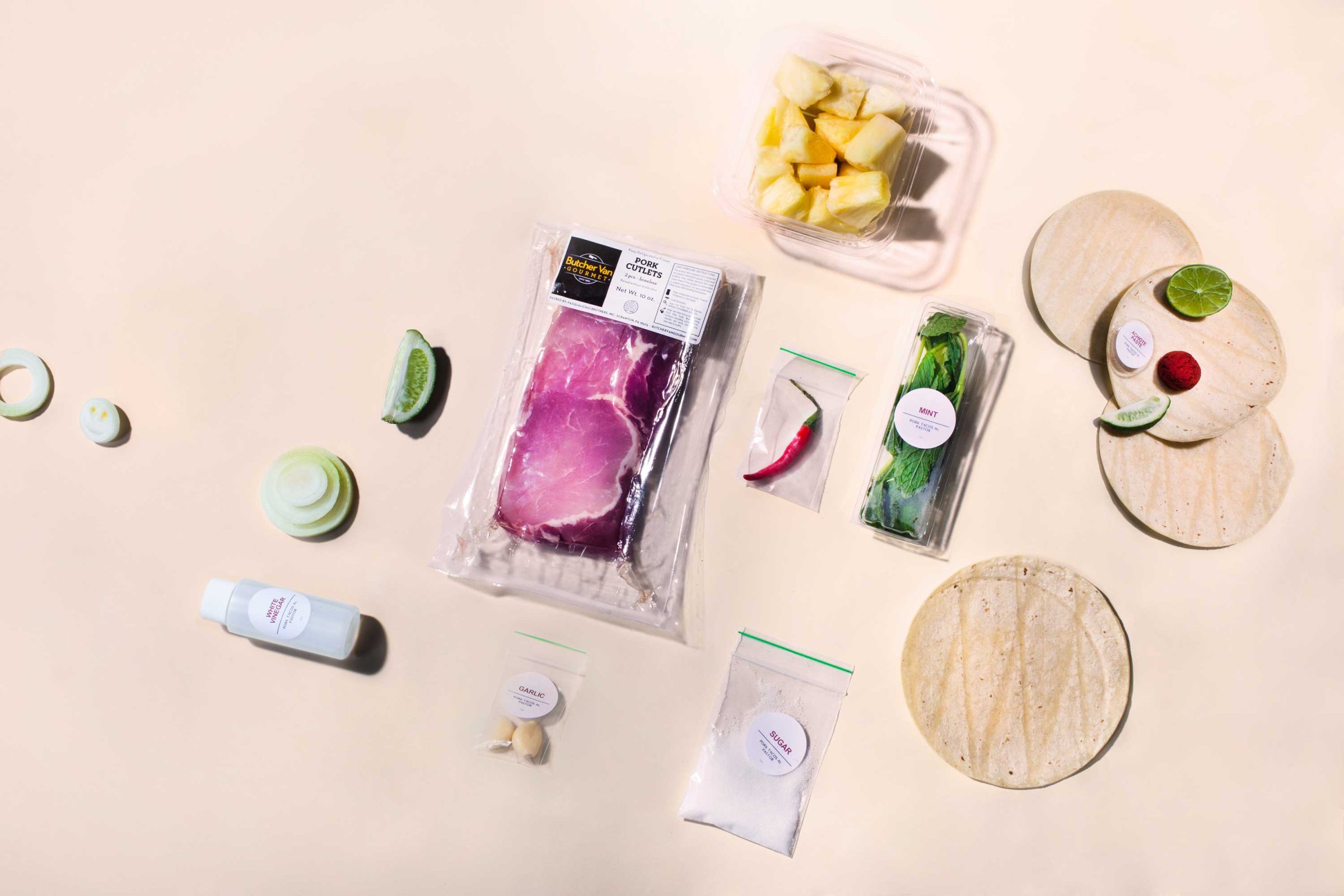
There were many reasons why I, like a third of Americans, was a noncooker for so long. I didn’t see the point in spending time in the kitchen when I could be exercising, or going out, or staying in and watching shows about cooking on TV. There were also those two years when I didn’t realize my landlord hadn’t hooked up the gas to my stove. But the real reason I didn’t cook was that I was scared. The process of turning raw ingredients into finished food–all that measuring and chopping and sautéing, whatever that meant–seemed bewilderingly complex. So many steps, so many opportunities to burn down the apartment. It was much easier to order up pad thai–or better yet, find someone else to do the cooking.
I hit the jackpot there. My wife is a wonderful cook. She truly loves food, cares about where it comes from and relishes the art of preparing it. But I’ve read enough magazines to know that a successful modern marriage is built on the romantic foundation of shared work. And just doing the laundry won’t cut it–especially after you’ve shrunk a fourth silk dress in the dryer.
So it is to be cooking. Fortunately, the market is now saturated with options for people who are busy, lack skills and fear marital dissolution. They’re called dinner kits, and they provide everything you need to cook, other than a sous-chef to berate. The industry is exploding. According to the consultancy Technomic, the global meal-kit market topped $1 billion in 2015 and is projected to hit $10 billion by 2020. Companies like Plated, Hello Fresh and Blue Apron measure, box and ship out every ingredient, down to the banana leaf for the Caribbean Banana-Leaf-Steamed Fish With Pineapple-Ginger Salsa. The ingredients tend to be sustainable, hormone- and antibiotic-free and all those other things I care about almost as much as I’m supposed to. All you need to do is place an order online, have access to a kitchen and, early on at least, have a patient and understanding person to try your food.
That’s because while the meal kit dumbs down the process, with its step-by-step instructions and giant pictures demonstrating those steps, you still need to actually make the dinner. Vegetables must be chopped, tomato sauce must be simmered, and chicken must be cooked to at least 165°F to avoid salmonella. (That last bit is particularly important.)
I didn’t nail every recipe from the start. When I was done with the beef in the Beef Gyritos on Mini Pitas With Tzatziki–the third meal kit I tried–it had a texture best described as shoe-leathery. And this isn’t the cheapest way to make dinner. Expect to pay $8 to $12 per person per meal.
But here’s the thing about cooking: if you do it long enough and you retain all your fingers, you will get better. Over the past year, I’ve cooked 144 different meals using 787 unique ingredients. I’ve learned how to poach, roast, stir-fry and sear. I’ve made Mexican food and Greek food and however you’d classify Spicy Beet and Spinach Stir-Fry Over Sesame Rice. My wife tells me my Thai Pork Larb Lettuce Wraps are to die for, and I’m 90% sure she’s not just saying that.
This may be Fisher-Price cooking, but at a time when Americans are spending ever less time in the kitchen and paying for it with their health, easy is good. Making all those meals gave me the confidence to try cooking without training wheels. That’s how I found myself the other week whipping up from scratch some cacio e pepe–a pasta dish we’d fallen in love with on a recent trip to Rome. Did it turn out perfect? Not exactly. But it was mine.
More Must-Reads from TIME
- Why Biden Dropped Out
- Ukraine’s Plan to Survive Trump
- The Rise of a New Kind of Parenting Guru
- The Chaos and Commotion of the RNC in Photos
- Why We All Have a Stake in Twisters’ Success
- 8 Eating Habits That Actually Improve Your Sleep
- Welcome to the Noah Lyles Olympics
- Get Our Paris Olympics Newsletter in Your Inbox
Contact us at letters@time.com